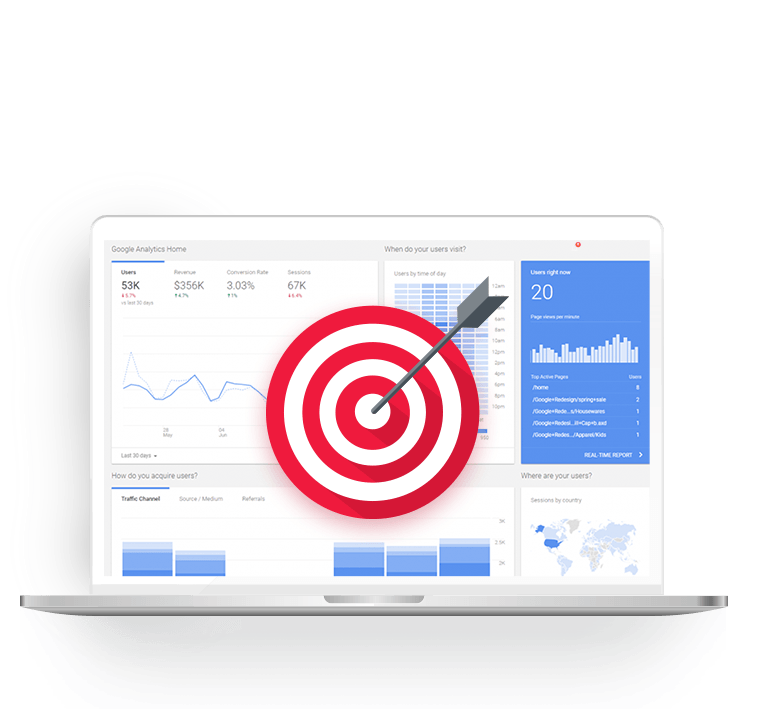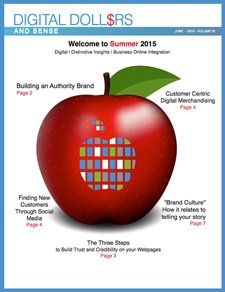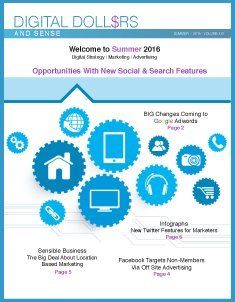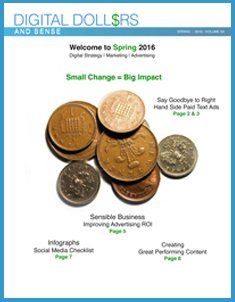A Proven Process for Structuring Content
- By Alex Wozny
- •
- 08 Dec, 2020
For Your Website, Blog Posts ...

Structuring website content is crucial to guide visitors (and Search Engines) to the information they’re looking for. Details like the content planning process, building product listings, information pages and landing pages for your website will ensure a clear site structure and a great user experience.
Marketers still covet a Page One ranking on Google for a reason: 54% of the clicks for an average SERP go to positions 1, 2, and 3. Since 71% of all website traffic traces back to Google searches, those spots are chock-full of possibility for traffic, leads, and conversions.
Foundational Factors
Ensure you have the following four foundational items within your content and content planning process.
1. Commit to Quality and to Being Helpful The foundational trait for content that ranks and earns real positions in Search is usefulness. And, it doesn't have to be useful for everyone but especially to your target niche. Give your niche something they didn't have before: knowledge, information, guidance, answers, a great product, or even just a new idea or spark of inspiration.
Content that fulfills a need is prioritized by Search Engines and by your visitors and may save you real $$ in terms of paid search click costs for good quality scores.
2. Research Topical Niches - Choose keywords and phraseology within your content that resonate with your audience's searches, their needs, and their questions. Fewer prospects visiting your site because of very relevant, targeted content is better than “loads” of visitors from non-prospects, from a less relevant but higher-volume terms. Drill down your keyword list by using resources like social media, Quora and Answer the Public to determine the language your audience is using with your content topic. Use keyword research tools to find out if you can actually rank for your chosen terms, or whether the competition is too steep.
3. Vet Your Keywords - Start with a focus keyword from your researched list. Build your content with a focused keyword in mind. Use Google and keyword research tools to discover related keywords you can use in the same piece of content. Related keywords may additionally help fill in your content outline. To find a quick list of related keywords in Google type your focus keyword into search and look at Google autofill as you do so. Provide your unique perspective on the topic using your expertise.
4. Vet Your Content - Be the best resource on your chosen topic with more information, research and visuals. Be comprehensive. Provide data, dimensions, statistics and link these back to reliable sources. Include subheadings for readability and the ability to add key phrases related to the topic.
Bottom Line: Content that ranks in SERP is both an art and a science. You have to be strategic. Create content that matters and meets your visitors needs and blends the creativity and finesse of writing with the logic, structure, and rules of Search providers.



























